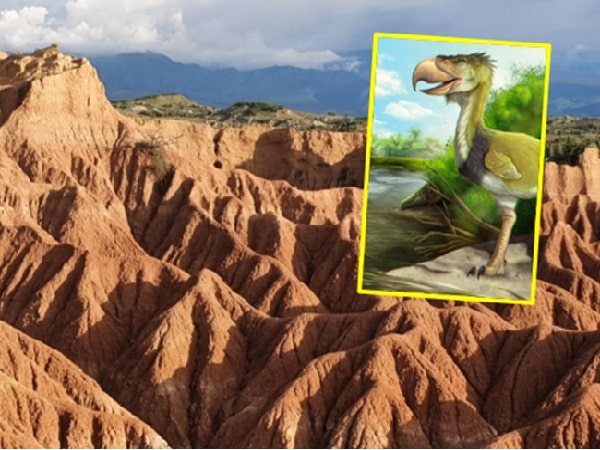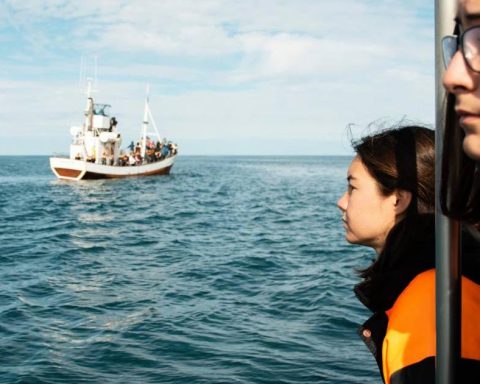The species was considered one of the most fearsome terrestrial predatory creatures in South America.
News Colombia.
An important paleontological discovery occurred in the Tatacoa Deserta tropical dry forest that is located in the municipality of Villavieja, department of Huila.
See: Did you know about the “desert in Valle del Cauca”?: It has formations similar to that of Tatacoa
There, a group of scientists found in November 2024 a fossil of the Terror Birda creature belonging to the family Phorusrhacidaewho lived on the planet during the Cenozoic, the Pliocene-Pleistocene and the Eocene. It is believed that they lived until about 17,600 years ago.
“The discovery consists of a distal fragment of a left tibiotarsus, found in the Tatacoa Desert, in the La Victoria Formation, specifically in the Chunchullo conglomeratic layer. The specimen is housed in the paleontological collection of the Museum of the Storm,” it is stated. reads in a post on Instagram from the paleontological museum.
Cesar Perdomonative of Villavieja (Huila)was the scientist who discovered the species that was considered one of the most fearsome terrestrial predatory creatures in South America. The fossil found in Colombia would be the first in northern South America and the largest species in the world.
Another of the scientists who was part of the research that found the Terror Bird fossil in the Tatacoa Desert was from Cali Jonathan Pelegrin-Ramirezwho according to information on his social media profile is a professor at the Santiago de Cali University.
Pelegrin-Ramirez is Biologist, Master and Doctor in Evolutionary Biology and Paleontology and has been at the forefront of environmental and ecological projects for the benefit of Valle del Cauca and the rest of the country.
“We investigate everything that has to do with evolution and paleontology of biodiversity in the Colombian and tropical context,” he said in a video he recorded around the time of COP16, the most important environmental event in the world that took place in Cali at the end of October 2024.
The Javeriana University of Cali, where he also works as a professor in the Department of Natural Sciences and Mathematics, was proud that one of its members participated in this important discovery for science and biology.
«It was an enriching experience for the students. “Colombia has enormous potential in vertebrate paleontology, and these activities motivate new generations to explore this discipline,” Pelegrín expressed about the milestone in Colombian territory.
You may be interested in:


















